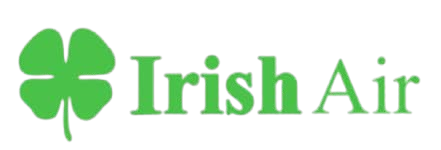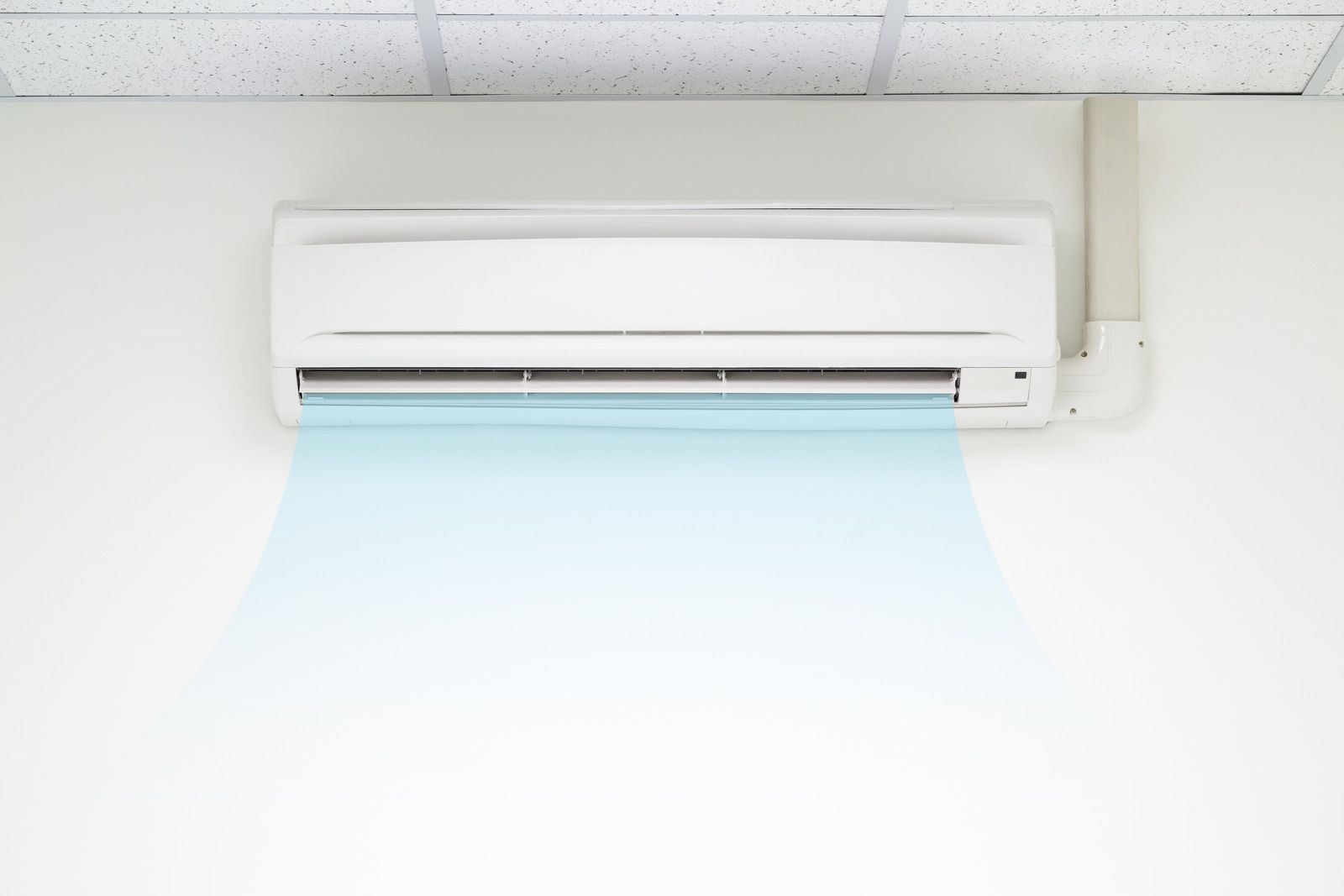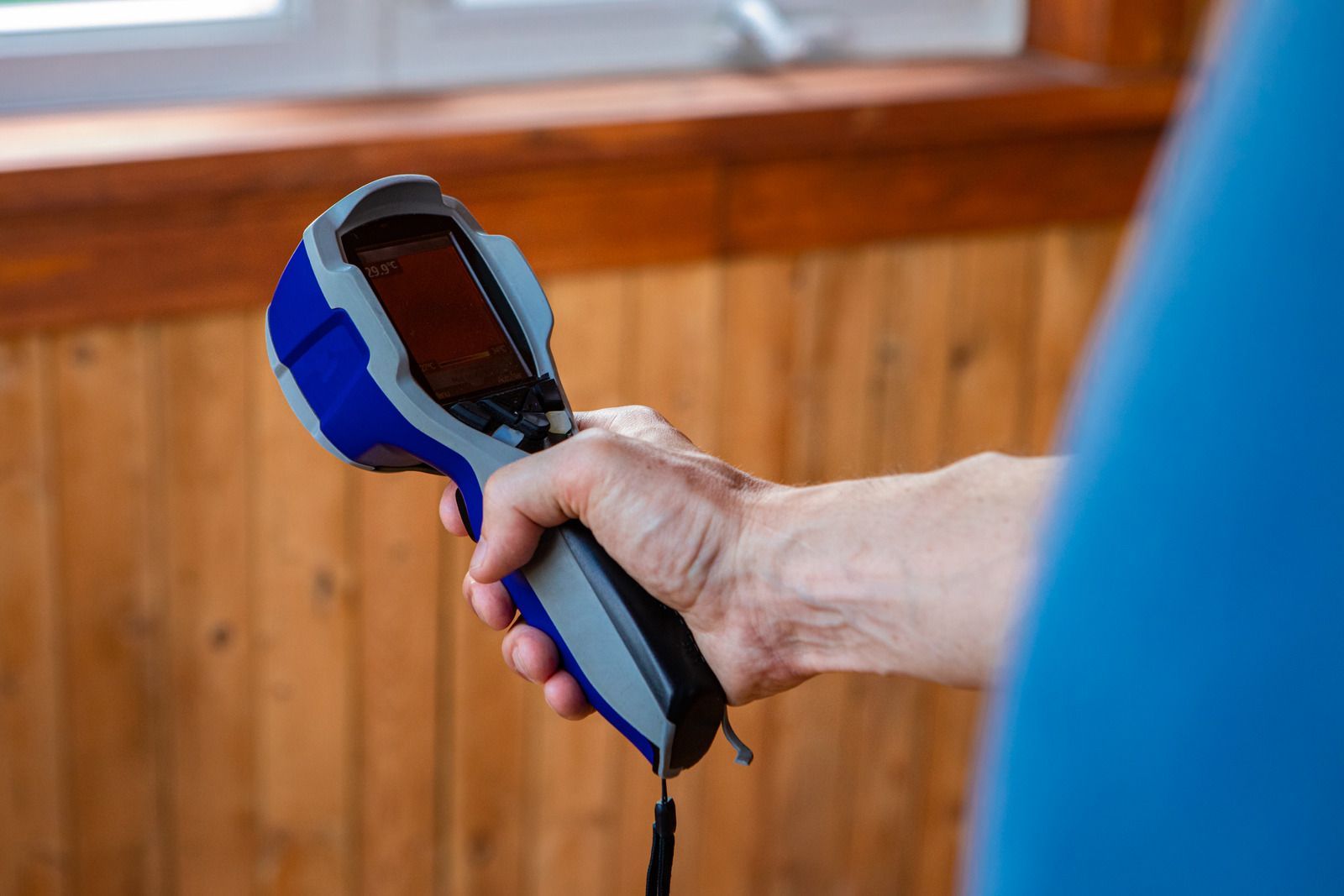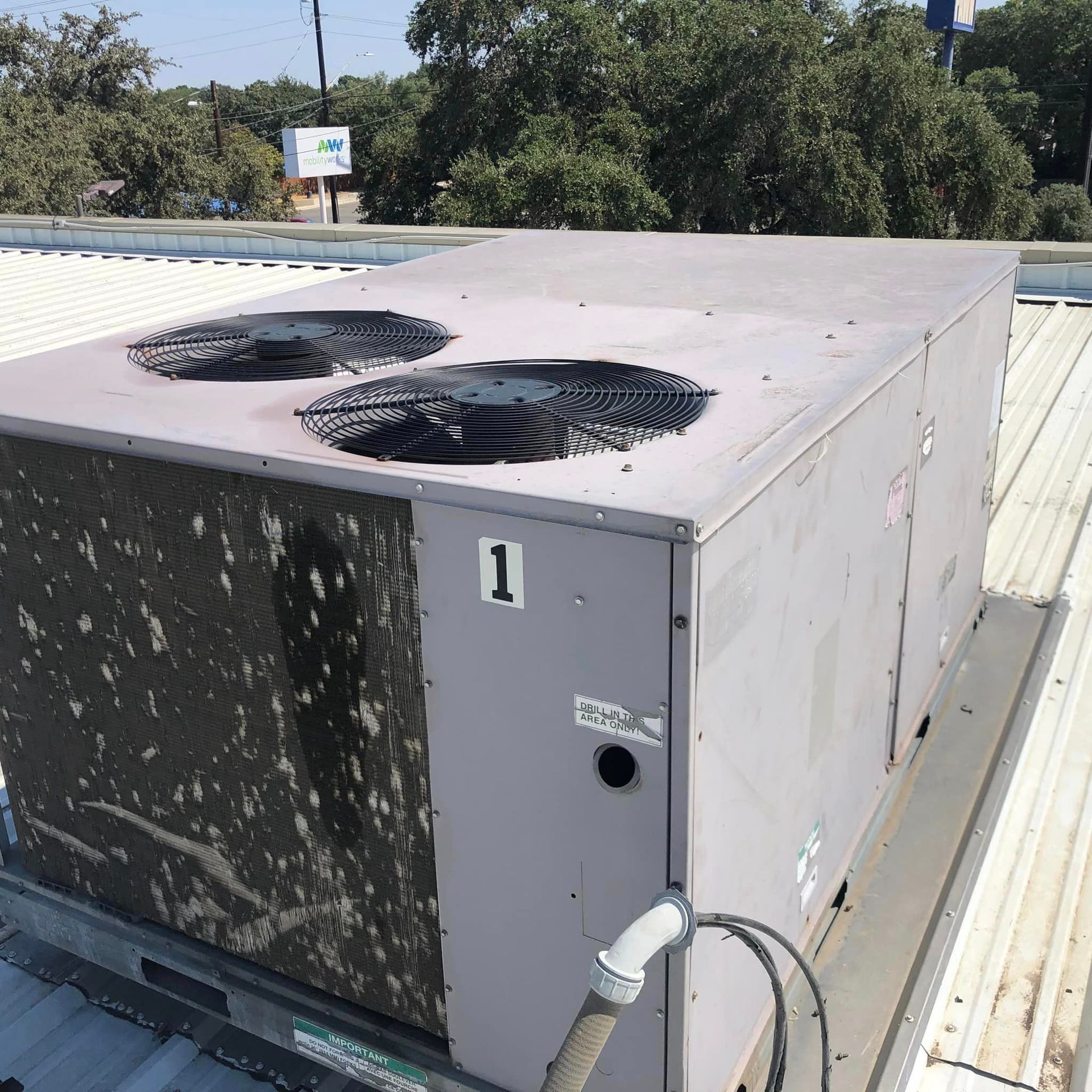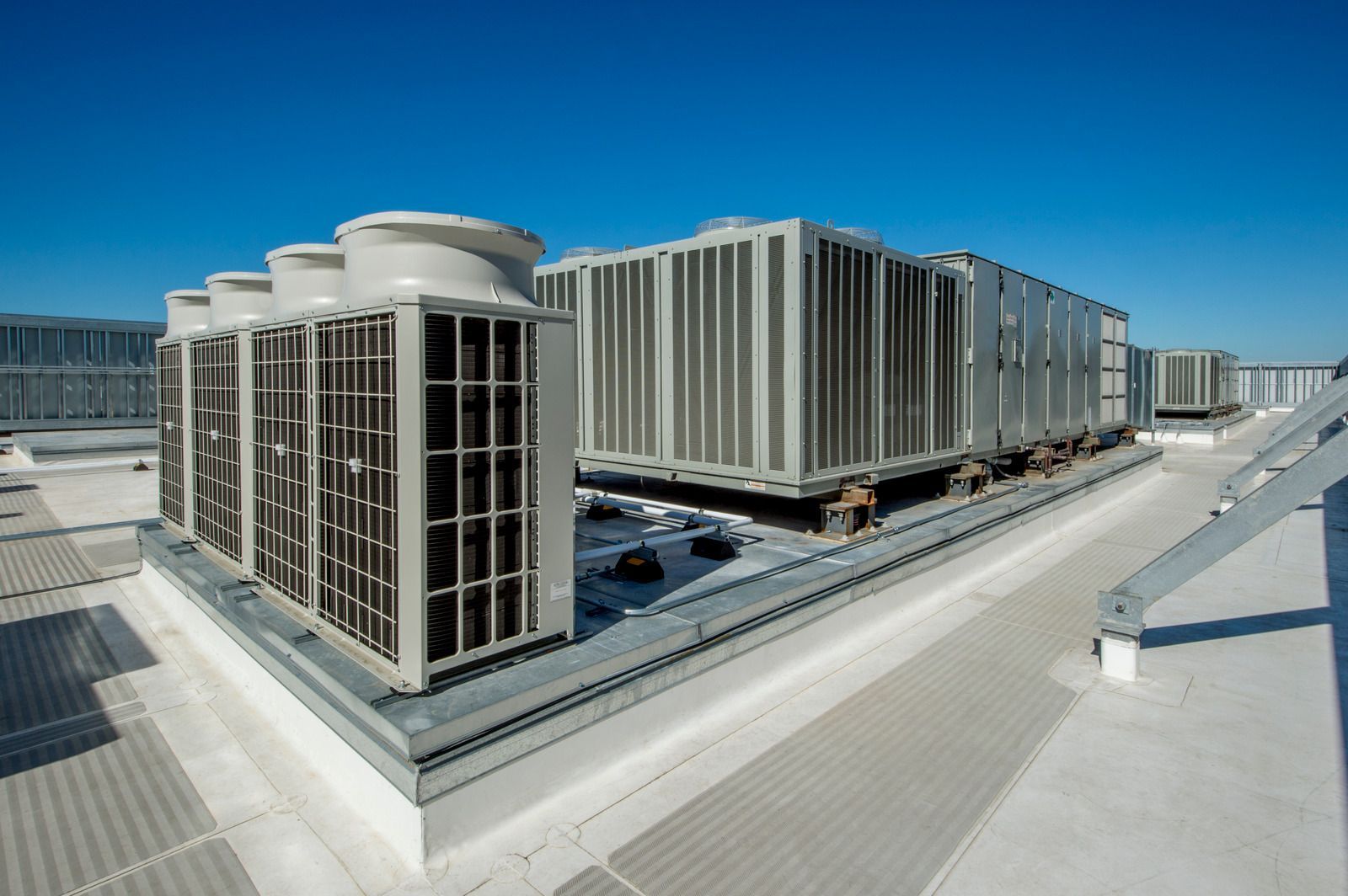HVAC Upgrades: The Secret to a More Reliable HVAC System
Heating and cooling units play a major role in keeping indoor spaces comfortable. Many homeowners and businesses overlook small issues until systems fail. Minor problems turn into costly repairs when left unaddressed. Upgrades improve efficiency, lower expenses, and prevent sudden malfunctions.
Old equipment struggles to maintain consistent temperatures, leading to higher electricity consumption. Aging parts, dust buildup, and outdated technology cause poor air quality. Making key improvements helps the unit work smoothly, reducing strain on components. Advanced systems consume less power while providing better comfort.
Investing in better parts extends the system’s life. Stronger airflow and cleaner air create a healthier space. Long-term savings come from lower maintenance costs and fewer breakdowns. Staying ahead with timely changes prevents expensive replacements later.
Why HVAC Upgrades Matter
Heating and cooling units lose effectiveness over time. Parts wear out, forcing systems to work harder. This extra effort raises utility costs and increases the risk of failure. Simple upgrades improve function while cutting down unnecessary expenses.
Newer components enhance efficiency by reducing power consumption. Smart thermostats, upgraded ductwork, and advanced filtration improve indoor conditions. These changes help maintain steady temperatures while lowering stress on the unit.
Waiting too long often leads to major failures. Small improvements today prevent unexpected repairs tomorrow. A well-maintained system lasts longer and performs better throughout the year.
Key HVAC Upgrades for Better Performance
1. Smart Thermostats
Older temperature controls lack precision and waste energy. Advanced thermostats adjust settings based on daily routines. Remote access features allow easy temperature management from anywhere.
2. High-Quality Air Filters
Clogged filters block airflow, making units struggle. Replacing old ones improves indoor air by trapping dust, allergens, and pollutants. Clean filters help the system run smoothly, preventing unnecessary energy use.
3. Stronger Ductwork
Leaks in air ducts cause uneven temperatures and wasted energy. Repairing weak spots restores proper airflow, keeping rooms comfortable. Well-sealed ducts prevent unnecessary stress on heating and cooling equipment.
4. Energy-Efficient HVAC Units
Outdated models consume more power while delivering poor results. Newer systems operate better, using less energy to achieve desired temperatures. Modern technology provides improved heating and cooling with fewer mechanical problems.
5. Proper Insulation
Weak insulation allows heat to escape in winter and enter during summer. Adding insulation maintains indoor temperatures, reducing pressure on HVAC systems. This simple change leads to lower energy bills and improved comfort.
Benefits of HVAC Upgrades
1. Lower Power Bills
Using energy-efficient components decreases consumption. Less energy use translates into smaller monthly expenses. Smart upgrades reduce waste while keeping indoor spaces pleasant.
2. Cleaner Indoor Air
Advanced filters remove airborne particles, reducing allergens. Cleaner airflow creates a healthier space for occupants. Good ventilation also prevents mold growth and excessive moisture.
3. Extended System Lifespan
Reducing strain on equipment prevents early breakdowns. Newer parts allow systems to function smoothly for longer periods. Preventing wear and tear leads to fewer repair needs.
4. Steady Indoor Comfort
Maintaining a balanced indoor temperature improves daily living. Smart controls and strong airflow remove hot and cold spots. Well-functioning units deliver consistent performance in every season.
5. Fewer Repair Costs
Aging systems require frequent fixes, increasing expenses. Investing in strong components reduces the need for emergency service calls. Fewer breakdowns mean fewer interruptions and lower maintenance bills.
Conclusion
Making thoughtful HVAC upgrades boosts performance, cuts costs, and prevents future headaches. Simple changes like better thermostats, high-efficiency filters, and sealed ducts create a lasting impact. A well-functioning system delivers comfort year-round while keeping power bills low. Regular upgrades protect against sudden failures, offering peace of mind and long-term savings.
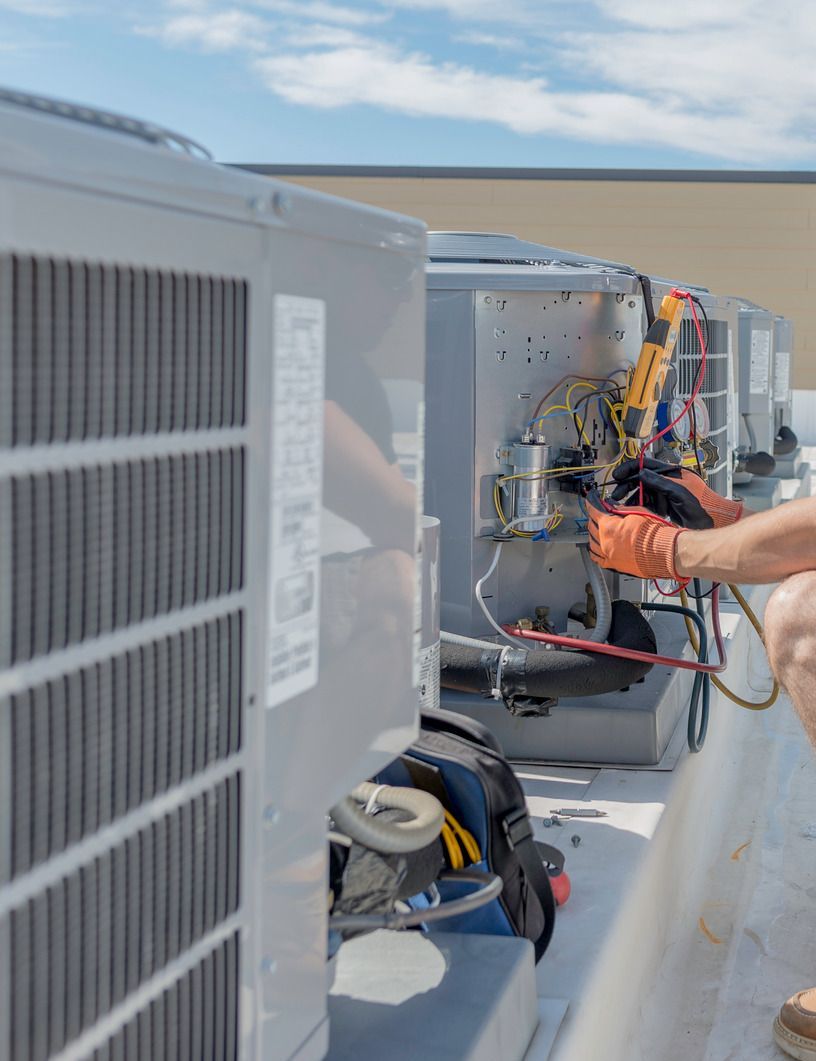
CONTACT US
We will get back to you as soon as possible.
Please try again later.
AREAS WE SERVE
- Temple, TX
- Killeen, TX
- Round Rock, TX
- Georgetown, TX
- Austin, TX
- Belton, TX
- Harker Heights, TX
- Copperas Cove, TX
- Gatesville, TX
- Nolanville, TX
- Salado, TX
- Troy, TX
- Morgan's Point Resort, TX
- Little River-Academy, TX
- Rogers, TX
- Holland, TX
- Bartlett, TX
- Kempner, TX
- Bruceville-Eddy, TX
- Lampasas, TX
- Moody, TX
- Lott, TX
- Cameron, TX
- Rosebud, TX
Services
quick links
BUSINESS HOURS
- Mon - Sun
- -
